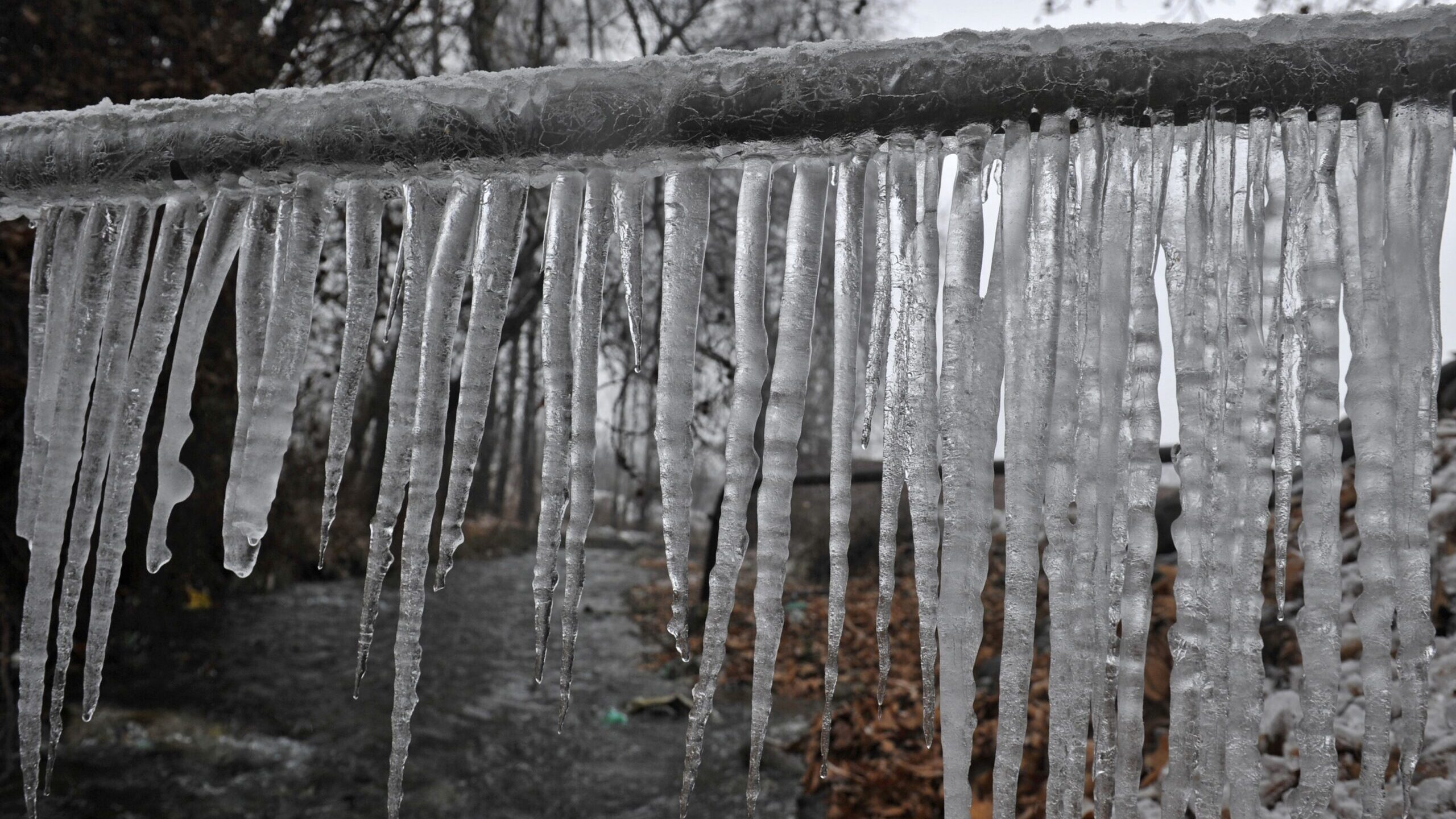Crucial Advice to Prevent Frozen Plumbing in Winter: Specialist Guidance
Crucial Advice to Prevent Frozen Plumbing in Winter: Specialist Guidance
Blog Article
Right here on the next paragraphs you will find lots of outstanding insight with regards to Helpful Tips to Prevent Frozen Pipes this Winter.

Winter can damage your pipes, especially by freezing pipelines. Right here's just how to avoid it from taking place and what to do if it does.
Introduction
As temperature levels drop, the danger of icy pipes boosts, possibly causing costly repair services and water damages. Understanding exactly how to stop icy pipes is important for home owners in cold climates.
Prevention Tips
Protecting at risk pipelines
Wrap pipes in insulation sleeves or use heat tape to safeguard them from freezing temperature levels. Concentrate on pipelines in unheated or outside locations of the home.
Home heating methods
Keep interior areas effectively heated up, particularly areas with plumbing. Open closet doors to permit cozy air to distribute around pipes under sinks.
How to identify icy pipes
Search for lowered water circulation from faucets, unusual smells or sounds from pipes, and noticeable frost on revealed pipes.
Long-Term Solutions
Architectural modifications
Think about rerouting pipes away from outside wall surfaces or unheated locations. Add extra insulation to attic rooms, cellars, and crawl spaces.
Upgrading insulation
Invest in top quality insulation for pipes, attics, and walls. Correct insulation assists maintain regular temperature levels and decreases the threat of frozen pipelines.
Securing Outdoor Pipes
Garden pipes and outdoor taps
Disconnect and drain pipes yard hose pipes prior to winter months. Install frost-proof faucets or cover outdoor faucets with shielded caps.
Understanding Frozen Pipelines
What creates pipes to freeze?
Pipelines ice up when exposed to temperatures listed below 32 ° F (0 ° C) for expanded durations. As water inside the pipes freezes, it expands, putting pressure on the pipe wall surfaces and potentially triggering them to burst.
Risks and damages
Icy pipelines can bring about water disturbances, property damages, and pricey repair services. Burst pipes can flooding homes and trigger comprehensive architectural damages.
Signs of Frozen Pipes
Identifying icy pipelines early can stop them from rupturing.
What to Do If Your Pipes Freeze
Immediate activities to take
If you think frozen pipes, keep taps available to ease stress as the ice melts. Use a hairdryer or towels taken in warm water to thaw pipes gradually.
Conclusion
Preventing frozen pipelines needs aggressive steps and fast reactions. By recognizing the causes, indications, and safety nets, property owners can shield their plumbing during winter.
5 Ways to Prevent Frozen Pipes
Drain Outdoor Faucets and Disconnect Hoses
First, close the shut-off valve that controls the flow of water in the pipe to your outdoor faucet. Then, head outside to disconnect and drain your hose and open the outdoor faucet to allow the water to completely drain out of the line. Turn off the faucet when done. Finally, head back to the shut-off valve and drain the remaining water inside the pipe into a bucket or container. Additionally, if you have a home irrigation system, you should consider hiring an expert to clear the system of water each year.
Insulate Pipes
One of the best and most cost-effective methods for preventing frozen water pipes is to wrap your pipes with insulation. This is especially important for areas in your home that aren’t exposed to heat, such as an attic. We suggest using foam sleeves, which can typically be found at your local hardware store.
Keep Heat Running at 65
Your pipes are located inside your walls, and the temperature there is much colder than the rest of the house. To prevent your pipes from freezing, The Insurance Information Institute suggests that you keep your home heated to at least 65 degrees, even when traveling. You may want to invest in smart devices that can keep an eye on the temperature in your home while you’re away.
Leave Water Dripping
Moving water — even a small trickle — can prevent ice from forming inside your pipes. When freezing temps are imminent, start a drip of water from all faucets that serve exposed pipes. Leaving a few faucets running will also help relieve pressure inside the pipes and help prevent a rupture if the water inside freezes.
Open Cupboard Doors
Warm your kitchen and bathroom pipes by opening cupboards and vanities. You should also leave your interior doors ajar to help warm air circulate evenly throughout your home.

Do you appreciate reading up on Winter Plumbing Precautions: Preventing Frozen Pipes? Give a remark further down. We'd be glad to listen to your feelings about this article. We hope that you come back again in the future. Kindly take the opportunity to promote this blog post if you appreciated it. I treasure your readership.
Instant Quote Report this page